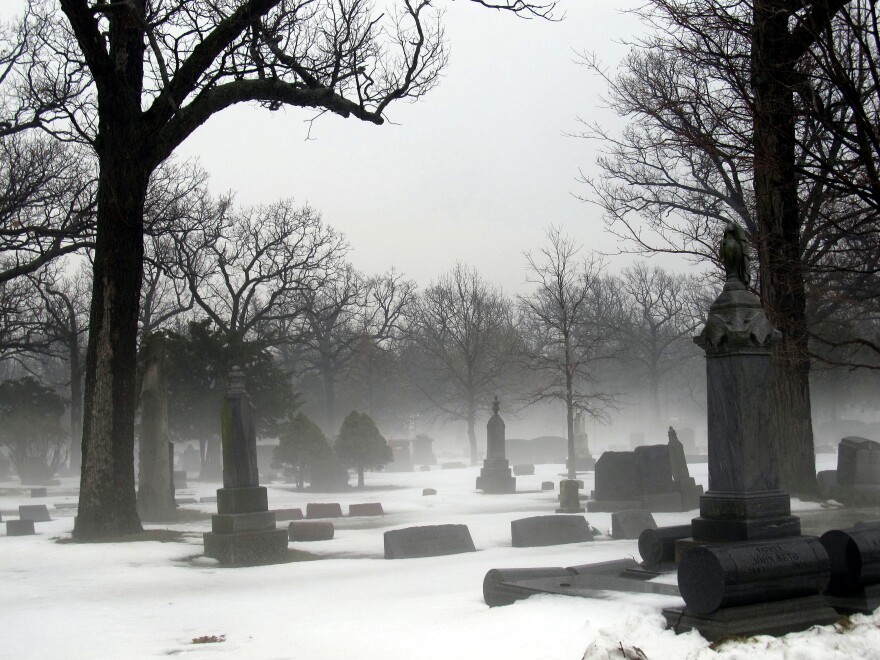Graveyards can be weird and scary places, especially if you don’t know much about them. But it turns out, there’s a lot of art and history in a cemetery ... if you know where to look.
David Habben knows where to look. He’s a paramedic by day, but when he’s not working, he’s researching and photographing historic graveyards and cemeteries.
“I've been doing this for a little over 25 years,” said Habben.

He travels a lot. He’s been to places like Ireland, Malaysia and Kuala Lumpur and he always stops off at local cemeteries and graveyards to do a little research.
“Every once in a while I find a new symbol I haven't seen.”
Sometimes you can find amazing stories.David Habben
Those symbols were a kind of a shorthand because there’s not a lot of room on gravestones and they were a way to convey a lot of information without words.
“Butterflies, for example. It's relating to flying to heaven. The soul has been released and it's a happy place,” he said.
Roses are another common symbol that was used to signal the age of the person who had passed.

“A fully bloomed rose you will see on the gravestone of an adult. And you may see also roses that are just very tiny buds and that would be for an infant or a child,” said Habben.
A fully blooming rose meant motherhood.
“And often they'll be a tiny little bud that's literally broken off of the stem in the carving and that indicates the infant or the child that's died.”
Habben said the symbols used to be quite common, but their meaning has been lost over time.
“It's kind of a lost language,” he says.
But not lost forever.
“They are returning. People are realizing that, you know, this is very decorative. It's very nice to see on grandma's grave.”

Habben also said graveyards are a place to learn a lot about history, art and people.
“Everybody's got a story. Not everybody's famous, but everybody has a story and it's really interesting.
David Habben will be talking about the “Lost Language of Cemeteries and Graveyards” on September 2 and 9 at the Osher Lifelong Learning Institute in Boise.





